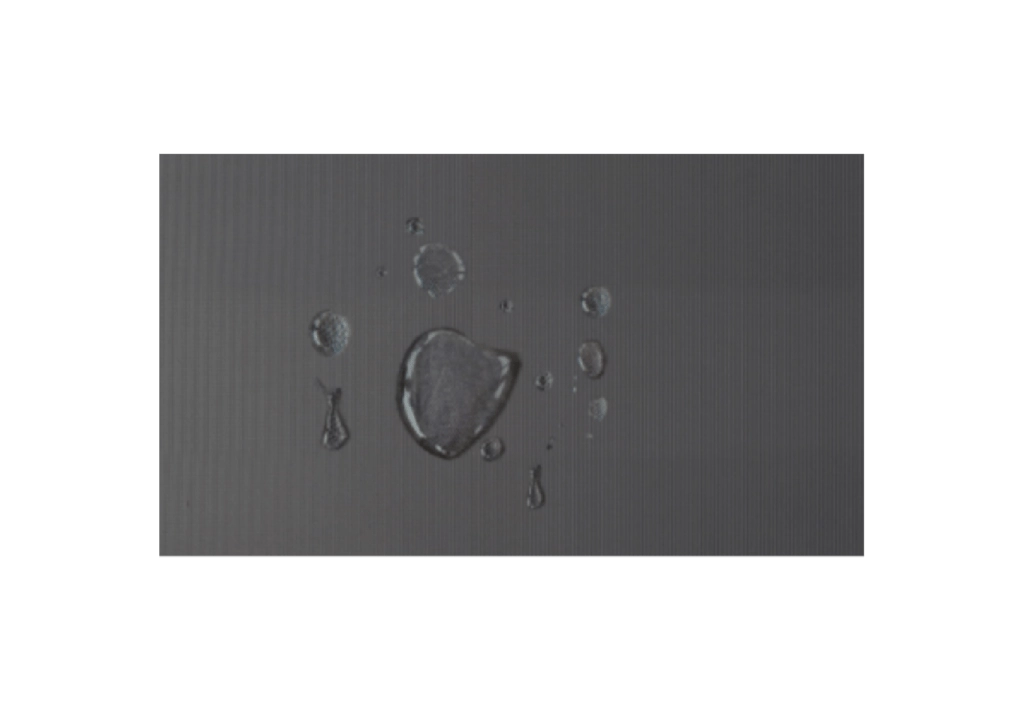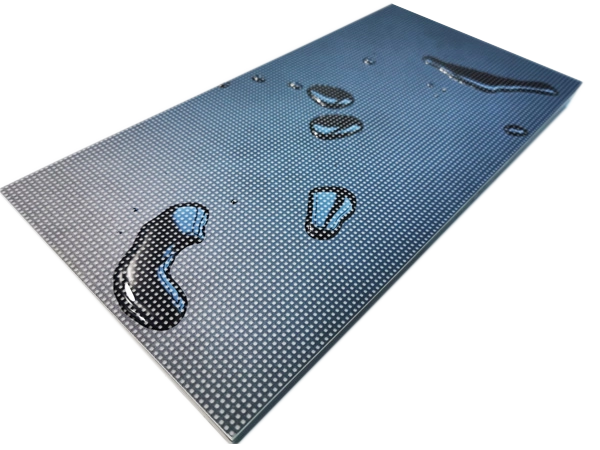What’s IP Rating mean?
An IP rating is a way of indicating how well an enclosure or device protects against the ingress of solid and liquid objects. IP stands for Ingress Protection, and it is followed by two digits that represent the level of protection against different types of objects. The higher the number, the better the protection. Sometimes, a digit is replaced by an X, which means that the enclosure or device is not rated for that type of object.
What do the two digits in an IP Rating mean?
The two digits in an IP rating have different meanings. The first digit indicates the level of protection against solid objects, such as dust, sand, or dirt. The second digit indicates the level of protection against liquid objects, such as water, oil, or steam. Here is a table that summarizes the meaning of each digit:
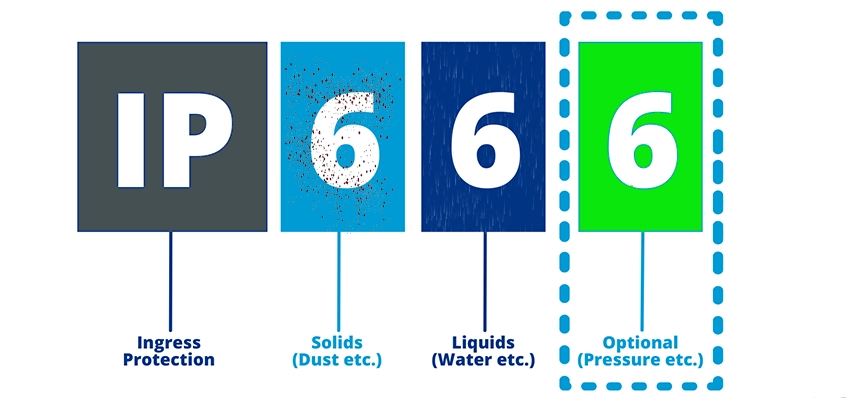
For example, an IP rating of IP68 means that the enclosure or device is dust-tight and can withstand continuous immersion in water under specified conditions. An IP rating of IPX7 means that the enclosure or device is not rated for solid objects, but can resist water immersion up to 1 meter deep for 30 minutes. An IP rating of IP4X means that the enclosure or device is protected against objects larger than 1 mm in diameter, but not rated for liquid objects.
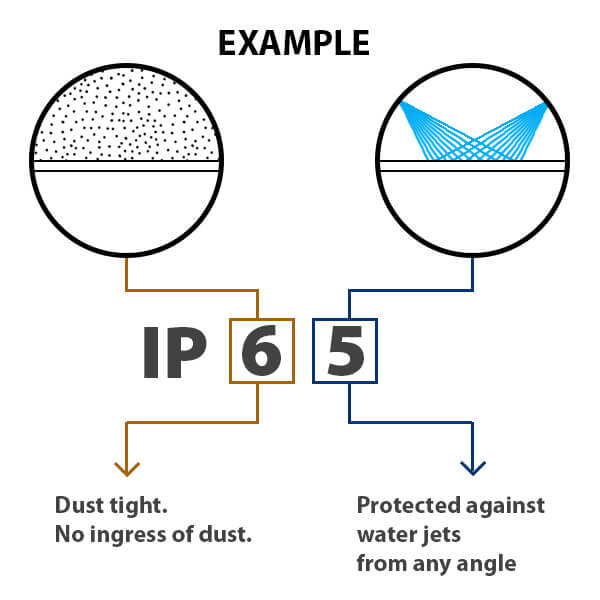
LED Display IP Rating
IP ratings on LED displays are a way of measuring how well they can resist dust, water, and other environmental factors. They are important because they help you choose the right product for your needs, whether it is indoor or outdoor, permanent or temporary, humid or dry.
Outdoor led display ingression Protection:
For outdoor LED displays, you should look for a minimum rating of IP65 at the front and IP54 at the back if you are using them for short-term applications, such as rental and staging. This will ensure that the display can handle rain, wind, and dust. If you are installing them permanently, you should look for a minimum rating of IP65 for both the front and the back. In some case IP67/IP68 is required especially if the display is exposed to harsh weather conditions like desert and coastal area ,swimming pool ect.
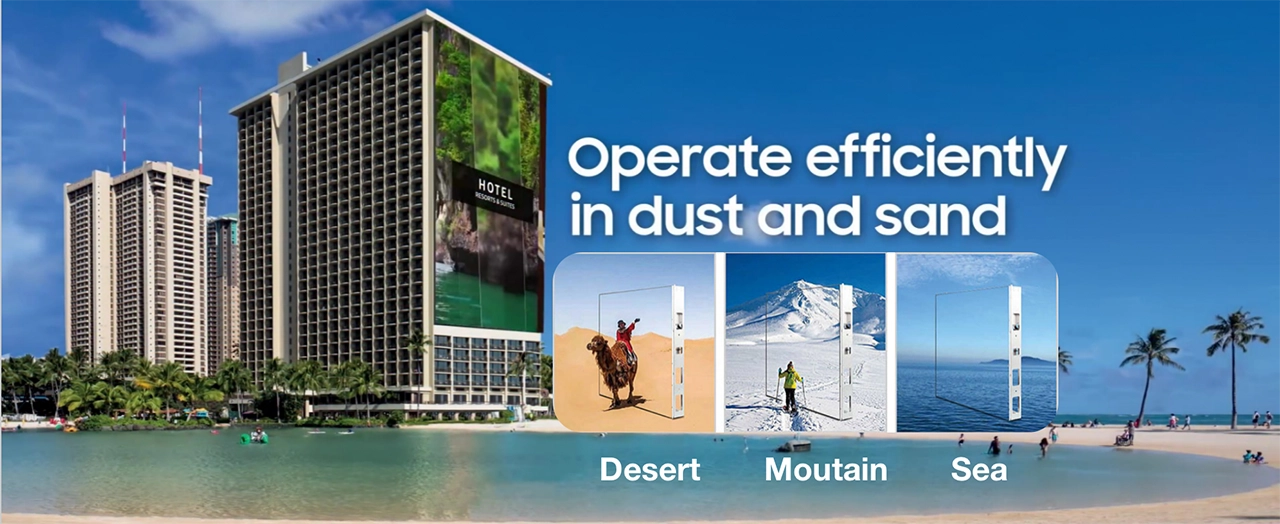
Difference between IP65 P67 IP 68
IP65 means that the product is dust-tight and can withstand water jets from any direction. This is suitable for most outdoor products that are not exposed to extreme weather conditions.
IP67 means that the product is dust-tight and can withstand temporary immersion in water up to 1 meter. This is suitable for products that may be submerged in water occasionally, such as underwater cameras or smartwatches.
IP68 means that the product is dust-tight and can withstand continuous immersion in water beyond 1 meter. This is suitable for products that are designed to operate underwater, such as diving equipment or marine sensors.
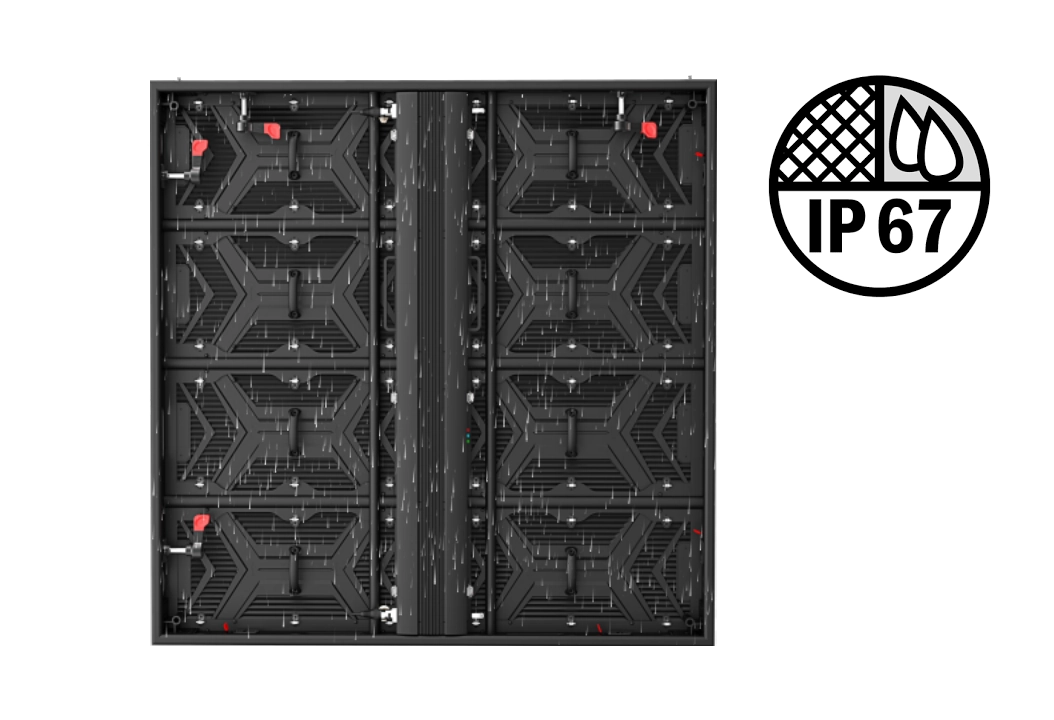
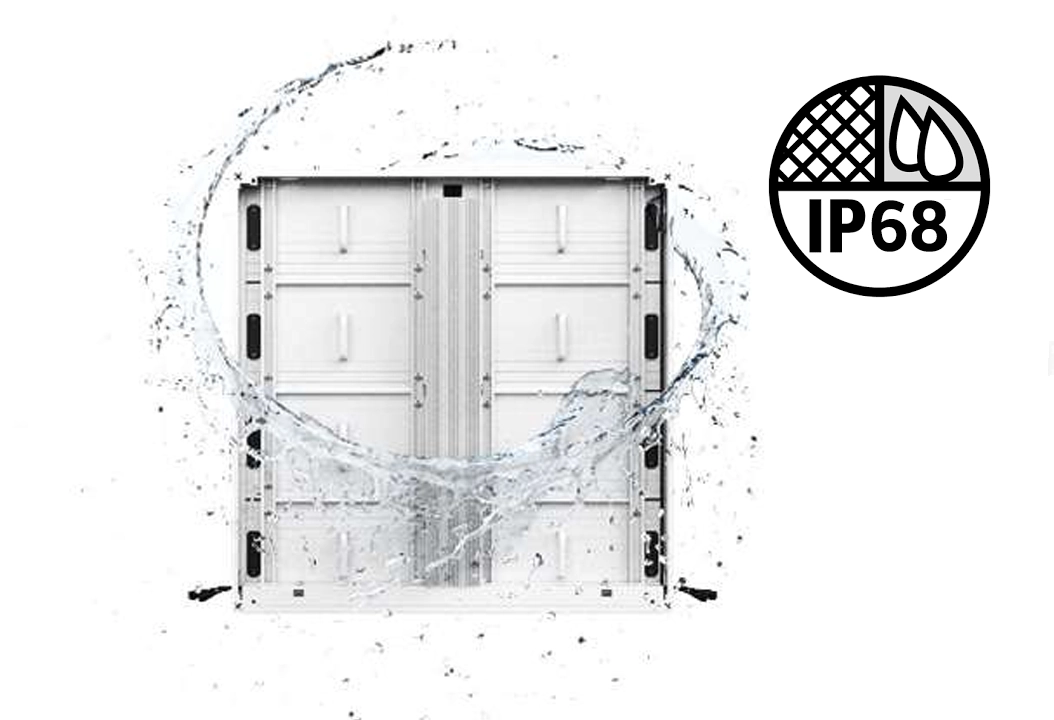
Indoor led display ingression Protection:
For indoor LED displays, the IP rating should match the installation environment. If the environment is relatively neutral, such as an office or a classroom, a low IP rating of IP20 or IP40 (SMD LED DISPLAY)may be sufficient. However, if the environment is high humidity or dust-prone, such as a swimming pool or a factory, a higher IP rating of IP54 (COB LED DISPLAY or GOB LED DISPLAY)or IP65 may be better. A higher IP rating can prevent moisture and dust from damaging the LED display and causing operation issues.
IP rating is a way of indicating how well-LED screens can resist dust, water, and other environmental factors. It is important to choose an LED screen with the right IP rating for your needs, as it can affect the quality and durability of the product. Some products may claim to be waterproof without any IP code or standard to back it up, but this may be a marketing strategy to attract customers. Therefore, you should be a smart consumer and trust IP rating more than mere words.

